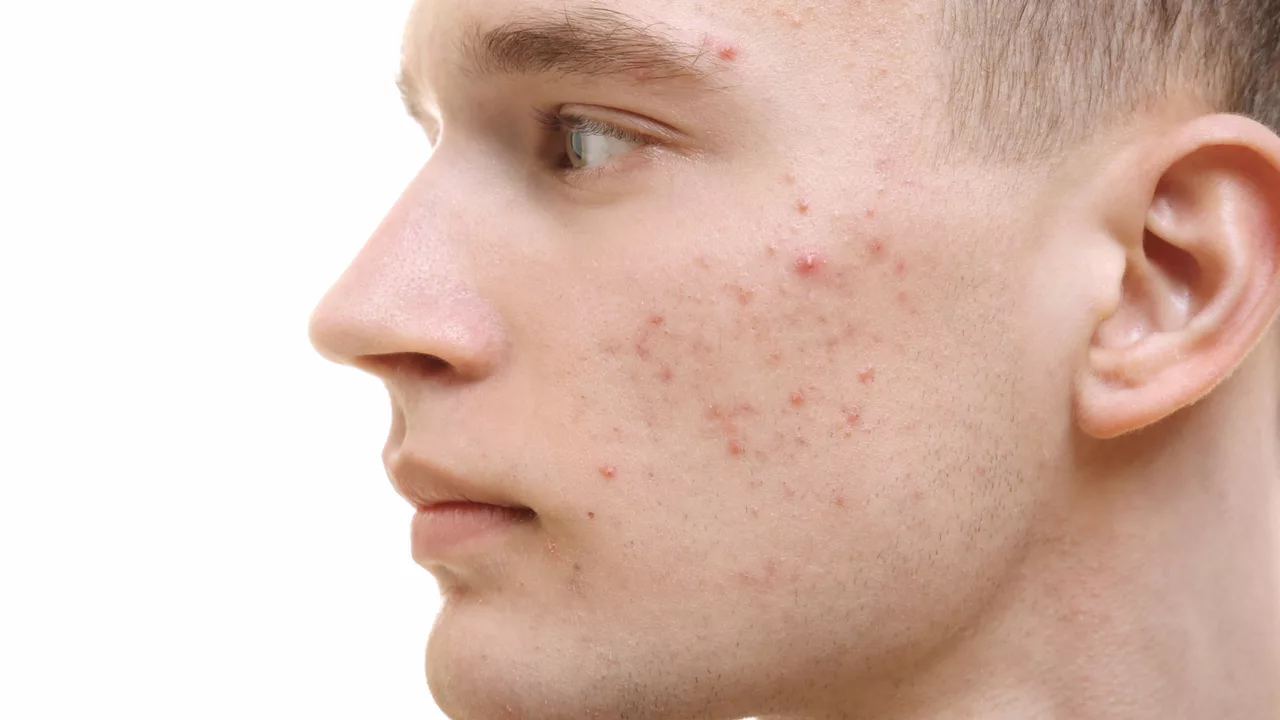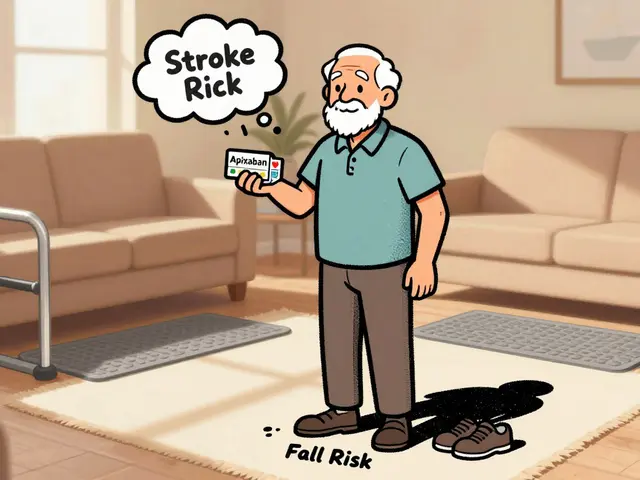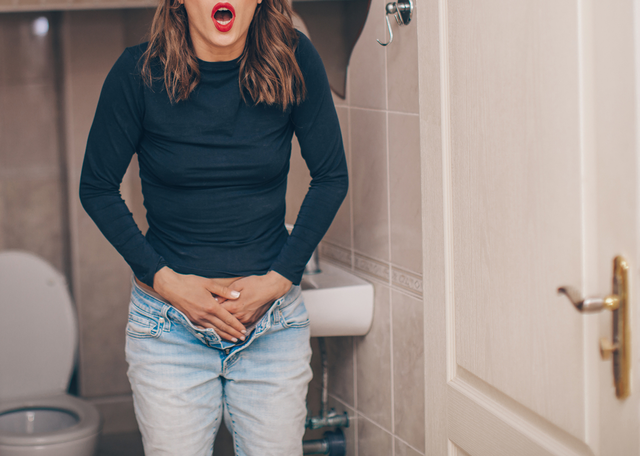Nodular Acne — what it is and what to do now
Nodular acne shows up as large, hard, painful lumps deep under the skin. Unlike ordinary pimples, nodules don’t have a visible whitehead and can last weeks. They damage skin tissue and often lead to scarring if handled wrong. The good news: there are clear steps you can take now to reduce pain and protect your skin.
Quick at‑home steps that help
First rule: don’t pick, squeeze, or pop. That spreads inflammation and makes scarring much more likely. Use a warm compress (clean cloth, warm water) for 10–15 minutes, three times daily to ease pain and help drainage if a lesion is close to the surface. Clean the area gently once a day with a mild, non‑foaming cleanser and pat dry — harsh scrubs only worsen inflammation.
Over‑the‑counter benzoyl peroxide can reduce surface bacteria but won’t remove deep nodules. Apply it only to surrounding skin if your doctor agrees. Avoid thick creams, heavy oils, and pore‑clogging makeup until the nodules calm down. If a lesion suddenly becomes much more painful, red, or warm, book a dermatology visit — that can mean an infected nodule needing prescription care.
Medical treatments that actually work
If nodules are frequent or large, see a dermatologist fast. For single painful nodules, dermatologists often use an intralesional steroid injection (tiny steroid directly into the nodule). That usually flattens the lump within days and reduces scar risk. For widespread nodular or nodulocystic acne, oral isotretinoin (Accutane) is the most effective long‑term option — it can clear severe acne but needs specialist monitoring for side effects.
Other common medical plans combine oral antibiotics (short course) with topical retinoids and benzoyl peroxide to lower bacteria, reduce oil, and speed cell turnover. For women with hormonal contribution, combined birth control pills or spironolactone often bring steady improvement. Your dermatologist will pick the safest mix based on how many nodules you have, your skin type, and medical history.
Scarring is the biggest deal with nodular acne. Early medical treatment lowers scar chances. If scars already formed, dermatology options include laser, microneedling, and fillers — not quick fixes, but effective over time.
Simple prevention habits help too: use non‑comedogenic skin products, avoid heavy face coverings that trap sweat, limit high‑glycemic foods if you notice flare links, and manage stress with sleep and movement. Track which products or habits trigger flares so you can cut them out.
When in doubt, book a dermatologist consult. Untreated nodular acne can last months and change your skin permanently. Quick, targeted treatment keeps pain down and gives you the best shot at clear skin without deep scars.

So, get this folks! Our gut, the unsung hero, may be pulling the strings behind the dreaded nodular acne. Yes, you heard it right! It's not just about too much chocolate or greasy food anymore. It seems like our gut health, that complex system of microorganisms partying in our digestive tract, could be giving the marching orders to those unruly acne breakouts. So, here's a shout out to probiotics, fiber-rich diets, and gut health for potentially leading us out of the dark ages of acne into a pimple-free future. Now, isn't that a gut-busting revelation?
Continue Reading





